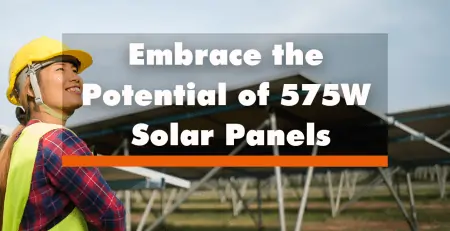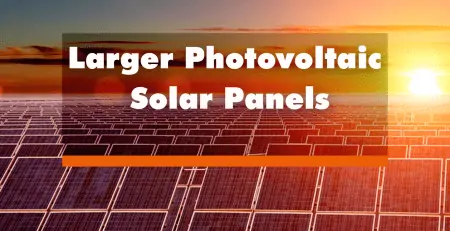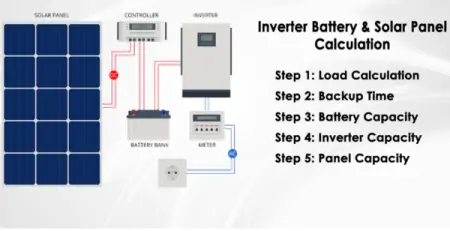How do different types of solar panels compare in terms of efficiency, durability, and cost-effectiveness?
Solar panels are an essential component of solar energy systems, capturing sunlight and converting it into usable electricity. With the increasing demand for renewable energy, various types of solar panels have emerged in the market. This article aims to compare the efficiency, durability, and cost-effectiveness of different types of solar panels, specifically monocrystalline, polycrystalline, and thin-film panels.
1. Definition of Solar Panels
Before diving into the specifics, it is important to understand the basic concept of solar panels. Solar panels, also known as photovoltaic (PV) modules, are devices that use the photovoltaic effect to convert sunlight into electricity. They are made up of multiple solar cells, which consist of semiconductor materials capable of absorbing photons and generating an electric current.
2. Types of Solar Panels
Solar panels come in different types, each with its own construction and characteristics. The three main types are:
2.1 Monocrystalline Solar Panels
Monocrystalline solar panels are made from a single crystal structure, typically silicon. Their uniform composition allows for efficient light absorption and high energy conversion. Monocrystalline panels are recognizable by their rounded edges and black color. They are known for their high-efficiency levels and perform exceptionally well in direct sunlight. However, they tend to be more expensive due to the manufacturing process.
2.2 Polycrystalline Solar Panels
Polycrystalline solar panels are made from multiple silicon crystals, giving them a distinctive blue color. Their manufacturing process is simpler, resulting in lower production costs compared to monocrystalline panels. While they are slightly less efficient than monocrystalline panels, advancements in technology have narrowed the gap. Polycrystalline panels offer good performance under various lighting conditions and are a more budget-friendly option for many homeowners.
2.3 Thin-Film Solar Panels
Thin-film solar panels are made by depositing thin layers of photovoltaic material onto a substrate. This type of panel is lightweight, flexible, and often has a sleek appearance. Thin-film panels are less efficient compared to crystalline panels but excel in low-light conditions and perform well in hot temperatures. They are also cost-effective to produce and offer design flexibility, making them suitable for certain applications such as building-integrated photovoltaics (BIPV).
3. Efficiency Comparison
Efficiency is a crucial factor when evaluating solar panels. It refers to the amount of sunlight a panel can convert into electricity. Monocrystalline solar panels have the highest efficiency rates, typically ranging from 15% to 20%. Polycrystalline panels follow closely, with efficiency ranging from 13% to 17%. Thin-film solar panels have the lowest efficiency, typically ranging from 7% to 13%. However, it
3. Efficiency Comparison
Efficiency is a crucial factor when evaluating solar panels. It refers to the amount of sunlight a panel can convert into electricity. Monocrystalline solar panels have the highest efficiency rates, typically ranging from 15% to 20%. Polycrystalline panels follow closely, with efficiency ranging from 13% to 17%. Thin-film solar panels have the lowest efficiency, typically ranging from 7% to 13%. However, it’s important to note that efficiency alone doesn’t determine the overall performance of a solar panel. Other factors such as geographic location, shading, and orientation also play a significant role.
4. Durability Comparison
Durability is another critical aspect to consider when investing in solar panels. Monocrystalline and polycrystalline solar panels have similar levels of durability, as they are both constructed using tempered glass, aluminum frames, and encapsulated cells. These panels can withstand harsh weather conditions, including heavy snowfall and strong winds. Thin-film solar panels, on the other hand, are less durable due to their flexible and lightweight nature. They are more susceptible to damage from hail, impacts, and degradation over time. However, advancements in thin-film technology have improved their durability in recent years.
5. Cost-Effectiveness Comparison
When it comes to cost-effectiveness, various factors come into play. Monocrystalline solar panels tend to have higher upfront costs due to their manufacturing process and higher efficiency. However, their long-term benefits in terms of energy generation and savings on electricity bills make them a cost-effective option over time. Polycrystalline solar panels offer a more affordable initial investment while still providing good performance. Thin-film solar panels are the least expensive option, making them attractive for certain applications where cost is a primary consideration.
6. Conclusion
In conclusion, when comparing different types of solar panels – monocrystalline, polycrystalline, and thin-film – it is essential to consider efficiency, durability, and cost-effectiveness. Monocrystalline panels have the highest efficiency rates, while polycrystalline panels offer a good balance between efficiency and affordability. Thin-film panels, although less efficient, excel in low-light conditions and are cost-effective to produce. The choice of solar panels ultimately depends on individual preferences, budget, geographical location, and specific project requirements.





